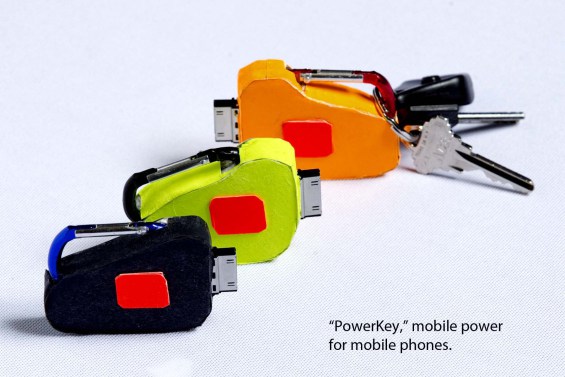 |
 |
 |
 |
 |
Prof. Agogino’s New Product Development class in the Haas news. “Creativity is a matter of course in Managing the New Product Development Process. For nearly 15 years, this Berkeley MBA/Mechanical Engineering course has guided inter-disciplinary student teams from concept generation through prototype development in a semester-long project. Industry professionals from IDEO, Frog Design, and Google provide coaching to the teams, whose students come from Berkeley MBA and graduate engineering programs and from the California College of the Arts. Work culminates with a product tradeshow.
Alden Woodrow, MBA 12, worked on Project “Reinventing the Briefcase,” an idea from Mechanical Engineering teammate Emily Rice, MS 12, who observed that urban professional men use different bags for work, working out, and going out. A flap on the team’s “Either” bag changes the look from conservative black with a leather handle to bright print with shoulder or backpack straps. “We envisioned a young SF lawyer going from an important client meeting to drinks with friends in the Mission,” says Woodrow.
Sue Young, MBA 12, worked on PocketKey, a keychain that can charge a cell phone.”We’ve all had the moment where we can’t call our friend, reply to our boss’ email, or find the restaurant because our phone ran out of battery,” says Young. Learning the importance and the how-to of understanding customer needs was her biggest takeaway from the course. “In a corporate setting, I find the focus within problem solving is more on finding solutions and less on a deep understanding of the problem. In the design process, understanding the need is absolutely critical.”
Working with a UNAM team, the blender of the future is efficient, quiet easy to clean.”
In another news article from GreenBiz.com, the Eco-Refrigerator project is highlighted: Grad students design an ‘EcoFridge’ that uses 40 per cent less energy.
